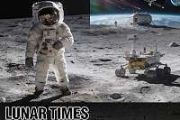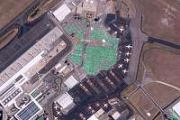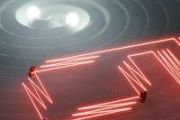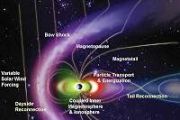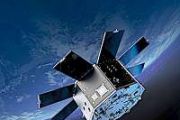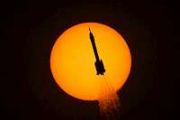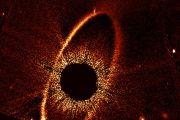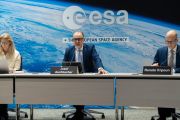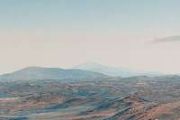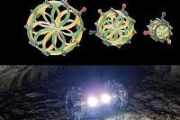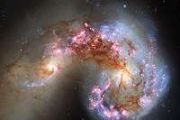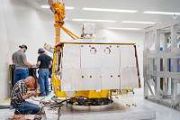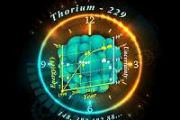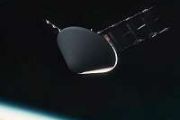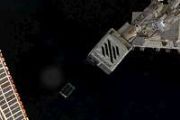
Copernical Team
Watch live: Samantha Cristoforetti in-flight call to World Economic Forum (WEF) 2022 in Davos
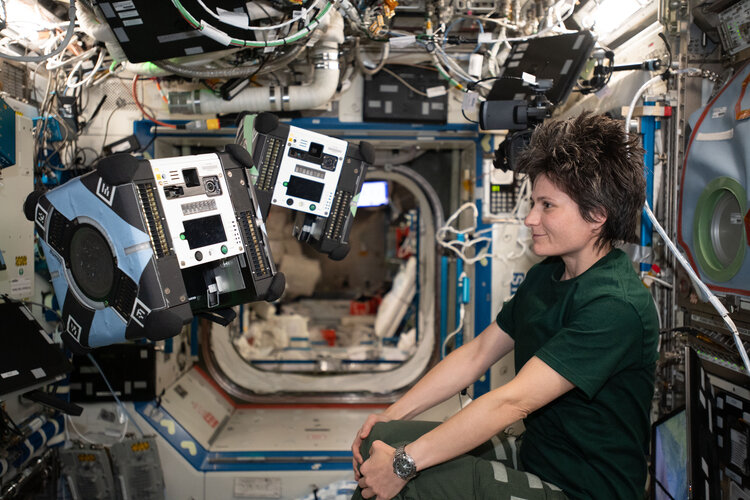
NASA Awards Contract to National Academy of Sciences
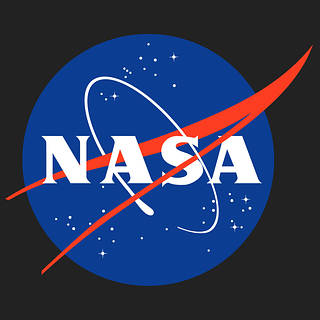 NASA has awarded a sole-source contract to the National Academy of Sciences of Washington to conduct studies on questions of national importance within the domain of NASA science and technology programs relating to space science, Earth science, and biological and physical science in space.
NASA has awarded a sole-source contract to the National Academy of Sciences of Washington to conduct studies on questions of national importance within the domain of NASA science and technology programs relating to space science, Earth science, and biological and physical science in space. GHGSat joins ESA’s Third Party Mission Programme
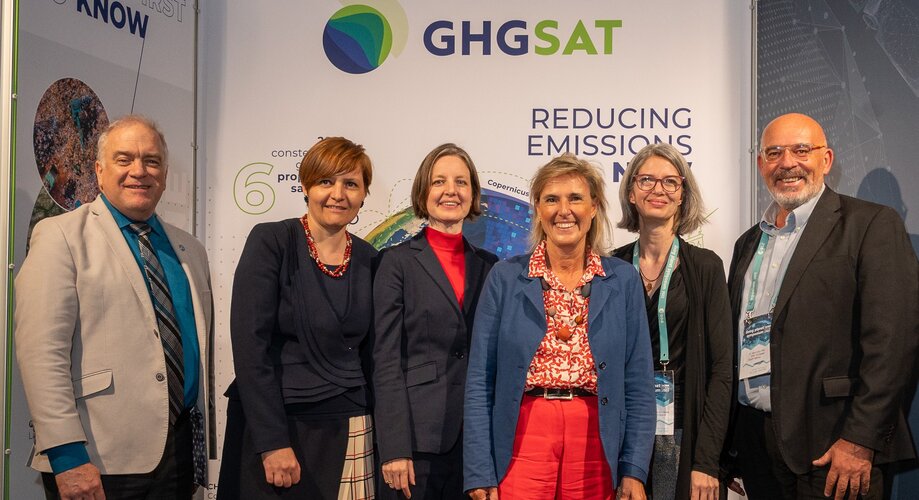
GHGSat, a leader in high-resolution greenhouse gas monitoring from space, has officially joined ESA’s prestigious Third Party Mission Programme. Announced today at the Living Planet Symposium currently taking place in Bonn, data from the company’s fleet of commercial satellites will be provided, free of charge, to researchers working in the fields of Earth science and climate change. Users will be able to access greenhouse gas measurements from sites all around the world.
NASA is building a mission that will refuel and repair satellites in orbit
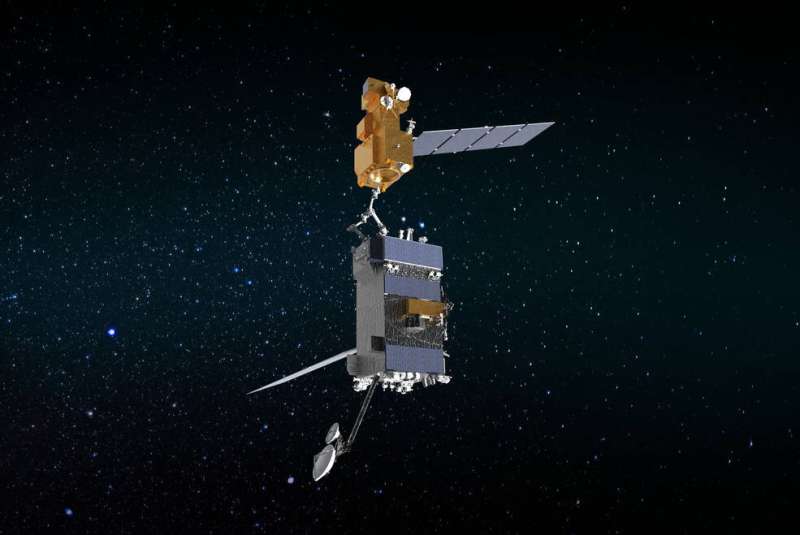
NASA is planning a mission to demonstrate the ability to repair and upgrade satellites in Earth orbit. The mission, called OSAM-1 (On-orbit Servicing, Assembly, and Manufacturing-1), will send a robotic spacecraft equipped with robotic arms and all the tools and equipment needed to fix, refuel or extend satellites' lifespans, even if those satellites were not designed to be serviced on orbit.
The first test flight of OSAM-1 is scheduled for launch no earlier than 2026 and will go to low Earth orbit to rendezvous, grapple and dock with Landsat 7, an Earth observing satellite that has been in orbit since 1999. The mission will conduct a first-of-its-kind refueling demonstration test, then relocate the satellite to a new orbit. While some parts of the mission are autonomous, human tele-operators will conduct much of the procedures and maneuvers remotely from Earth.
NASA says that repairing satellites—instead of just letting defunct spacecraft drift in Earth orbit—helps decrease space debris to create a more sustainable future for space exploration.
Forget about Mars, when will humans be flying to Saturn?
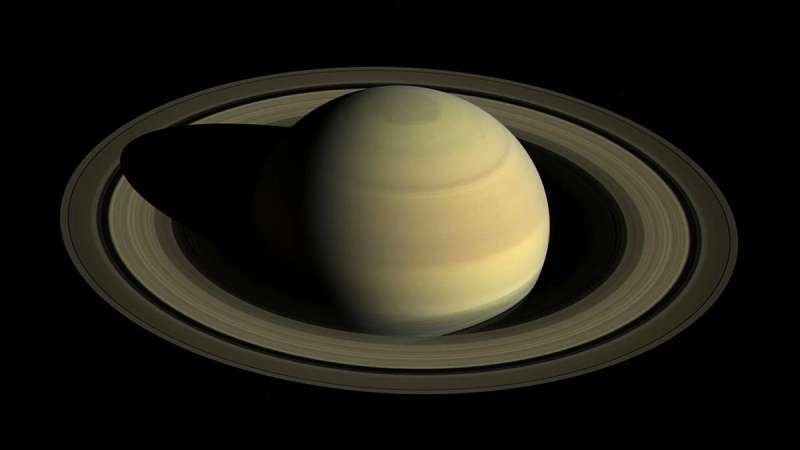
It might be hard to fathom now, but the human exploration of the solar system isn't going to stop at the moon and Mars. Eventually, our descendants will spread throughout the solar system—for those interested in space exploration, the question is only of when rather than if. Answering that question is the focus of a new paper released on arXiv by a group of researchers from the U.S., China, and the Netherlands. Their approach is highly theoretical, but it is likely more accurate than previous estimates, and it gives a reasonable idea of when we could expect to see humans in the outer solar system. The latest they think we could reach the Saturnian system is 2153.
How to even start such a calculation is complicated, so it's best to start at the basics, which in this case involves a bit of calculus. To understand when humans will reach further out in the solar system, the authors needed two variables—distance and time. In this case, distance is defined as the distance from Earth that humans have traveled, and time is defined as having started at the beginning of the space race in 1957 when no human had yet left Earth.
Africa in the spotlight at Living Planet Symposium
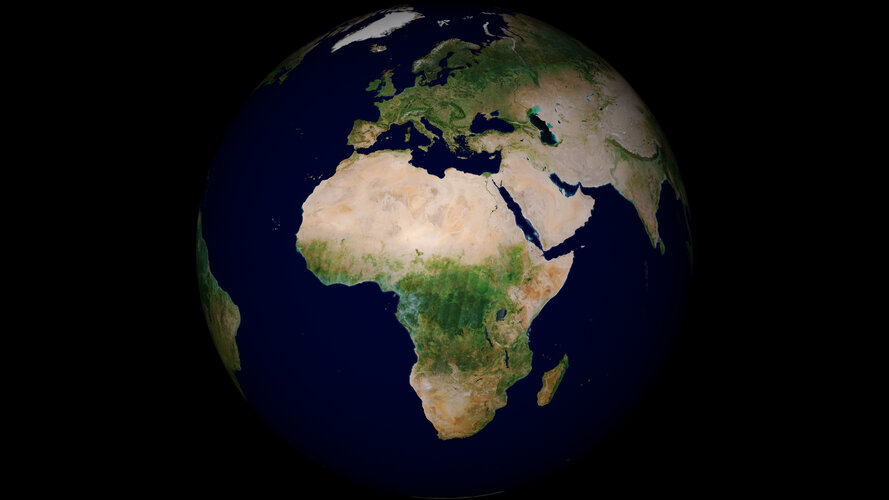
We live in uncertain times. The detrimental impacts of climate change are being felt around the world and threatening our future, we are emerging from the global COVID pandemic that halted life as we know it for more than two years, and now the Ukraine crisis is not only a tragedy for those directly affected but its rippling effects are jeopardising energy and food security far and wide. Some nations are able to weather these storms better than others, but a number of countries in Africa, for example, are already on the back foot, particularly when it comes to
Revealing coastline dynamics of the Danube Delta
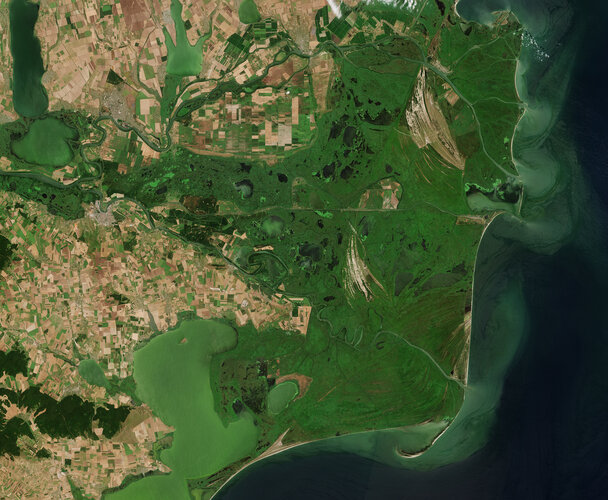
Hundreds of satellite images spanning 30 years have been compiled to show the evolution of the Danube Delta – the second largest river delta in Europe. These findings were presented today at ESA’s Living Planet Symposium taking place this week in Bonn, Germany.
SNAP spurs Earth observation innovation with one million downloads
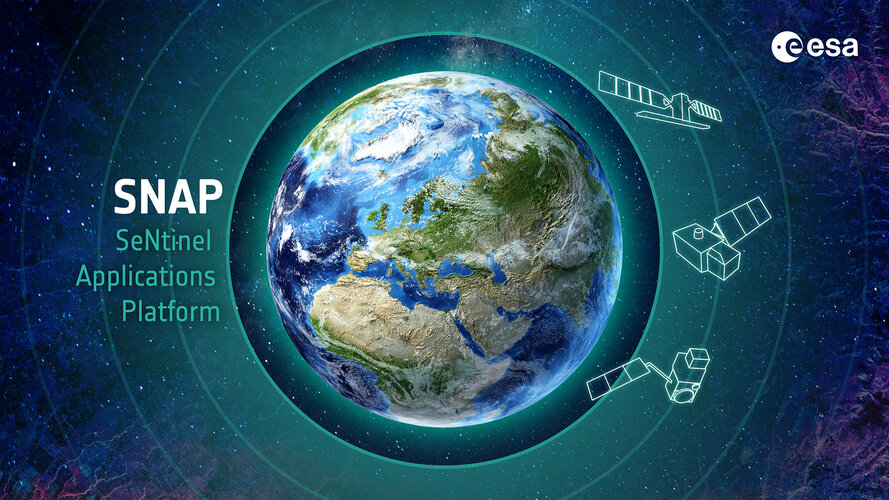
An open-access Earth observation analysis tool that has continued to grow in popularity in the seven years since its launch has now been projected to reach one million downloads, ESA announced today at the Living Planet Symposium.
Mayday and Satellogic collaborate to modernize risk and disaster intelligence
 Satellogic Inc. (NASDAQ: SATL), a leader in sub-meter resolution Earth Observation ("EO") data collection, announced that it has entered into a teaming agreement with Mayday.ai ("Mayday"), a German-based provider of real-time risk and disaster intelligence, to improve and democratize data intelligence for risk and disaster management.
The combined technological capabilities of the two comp
Satellogic Inc. (NASDAQ: SATL), a leader in sub-meter resolution Earth Observation ("EO") data collection, announced that it has entered into a teaming agreement with Mayday.ai ("Mayday"), a German-based provider of real-time risk and disaster intelligence, to improve and democratize data intelligence for risk and disaster management.
The combined technological capabilities of the two comp Satellogic and UP42 team up to offer rapid monitoring capabilities
 Satellogic Inc. (NASDAQ: SATL), a leader in sub-meter resolution Earth Observation ("EO") data collection, has entered into an agreement with UP42, a geospatial developer platform and marketplace enabling direct access to Satellogic's satellite tasking high-resolution multispectral and wide-area hyperspectral imagery via the UP42 API-based platform. The agreement includes the archive of high-fre
Satellogic Inc. (NASDAQ: SATL), a leader in sub-meter resolution Earth Observation ("EO") data collection, has entered into an agreement with UP42, a geospatial developer platform and marketplace enabling direct access to Satellogic's satellite tasking high-resolution multispectral and wide-area hyperspectral imagery via the UP42 API-based platform. The agreement includes the archive of high-fre 
